
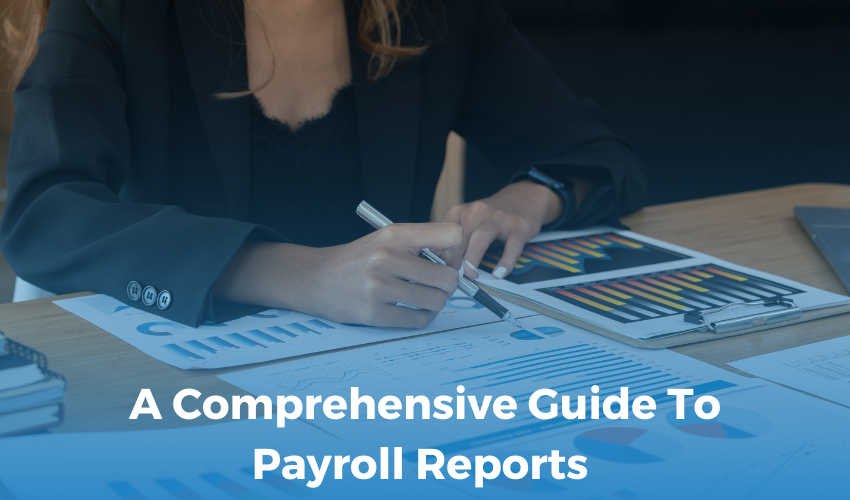
24-02-24
Payroll management is an indispensable aspect of running a business in the United States. It's not just about paying your employees; it involves meticulous record-keeping, tax compliance, and reporting. In this comprehensive guide, we'll explore the intricacies of payroll reports in the USA—what they are, why they matter, and how to create and use them effectively.
Chapter 1: Understanding Payroll Reports
Payroll Reports in the USA
Essentially, a payroll report is a document that employers use to verify their tax liabilities or cross-check financial data. It may include such information as pay rates, hours worked, overtime accrued, taxes withheld from wages, employer tax contributions, holiday balances, and more.
1.1 What Are Payroll Reports?
Payroll reports are comprehensive documents that provide a detailed breakdown of a company's payroll activities. They go beyond simply listing employee wages and encompass various aspects, such as taxes, deductions, and contributions. These reports offer an in-depth look into the financial health of a business and ensure compliance with federal and state regulations.
1.2 Why do payroll reports matter?
Payroll reports serve several critical purposes:
a) Compliance: The USA has complex tax laws, and adhering to them is essential. Payroll reports help businesses stay compliant with federal, state, and local tax regulations.
b) Record-keeping: Accurate payroll records are crucial for both employers and employees. They serve as proof of income and deductions, aiding in various financial transactions, including loans and mortgages.
c) Transparency: Employees have the right to know how their wages are calculated and where their money is going. Payroll reports provide this transparency, reducing misunderstandings and disputes.
d) Decision-making: Business owners can use payroll reports to analyze labor costs, make informed staffing decisions, and improve overall financial planning.
Chapter 2: Types of Payroll Reports
Understanding the various types of payroll reports is essential for efficient payroll management. Here are some of the most common ones:
2.1 Payroll Register
A payroll register is a summary report that lists employee wages, deductions, and net pay for a specific pay period. It provides a high-level overview of the payroll process and is often the starting point for generating other reports.
2.2 Earnings Statements (Pay Stubs)
Earnings statements, also known as pay stubs, are individual reports given to employees with each paycheck. They detail gross pay, deductions (taxes, insurance, retirement contributions, etc.), and net pay. Earnings statements are essential for employee transparency.
2.3 Quarterly Tax Reports
Businesses in the USA are required to submit quarterly tax reports to federal and state tax agencies. These reports summarize the payroll taxes withheld from employees and the employer's share of payroll taxes. Accurate and timely submission is crucial to avoid penalties.
2.4 Annual Reports
At the end of each fiscal year, businesses must provide employees with annual reports summarizing their total earnings, deductions, and taxes for the year. These reports, often referred to as W-2 forms, are necessary for employees to file their income tax returns.
2.5 Labor Cost Analysis Reports
These reports break down labor costs by department, project, or employee. They help businesses evaluate staffing needs, project profitability, and overall labor efficiency.
Chapter 3: Creating Payroll Reports
3.1 Payroll Software
The easiest and most accurate way to create payroll reports is by using payroll software. Numerous software solutions are available, ranging from basic to advanced features. Popular choices include QuickBooks Payroll, Gusto, and ADP Workforce Now.
3.2 Manual Calculation
For small businesses with straightforward payroll needs, manual calculation is an option. However, this method is time-consuming and prone to errors, especially when dealing with complex tax regulations.
3.3 Outsourcing
Outsourcing payroll to a professional service provider can streamline the payroll reporting process. These providers have expertise in payroll compliance and reporting, ensuring accuracy and timeliness.
Chapter 4: Using Payroll Reports Effectively
Payroll reports are not just paperwork; they can be valuable tools for decision-making and financial management.
4.1 Budgeting and Financial Planning
Use payroll reports to forecast labor costs accurately. This helps in budgeting for future expenses, ensuring that the business remains financially stable.
4.2 Tax Compliance
Regularly review payroll reports to ensure compliance with tax regulations. Correct any discrepancies promptly to avoid penalties.
4.3 Employee Reviews and Compensation Adjustments
Payroll reports can aid in employee evaluations. Assess labor costs in different departments and decide whether adjustments in compensation or staffing are necessary.
4.4 Audit Preparation
In the event of an audit, well-maintained payroll reports serve as a crucial resource. Detailed records can help prove compliance with tax laws and regulations.
Chapter 5: Staying Informed About Payroll Regulations
Payroll regulations in the USA are subject to change. To ensure compliance and effective payroll management, it's essential to stay informed about updates and modifications to tax laws and reporting requirements. This can be achieved by:
5.1 Continuous Education
Invest in ongoing education for your payroll staff or yourself if you handle payroll. This can include courses, seminars, or workshops focused on payroll and tax law.
5.2 Consultation
Seek advice from tax professionals or payroll experts to ensure that you are up-to-date with the latest regulations and best practices.
5.3 Government Resources
Utilize online resources provided by federal and state government agencies, such as the IRS and the Department of Labor. These agencies often publish guides and updates regarding payroll regulations
.
Conclusion
Payroll reports are the backbone of efficient payroll management in the USA. They are essential for compliance, transparency, and informed decision-making. By understanding the types of payroll reports, creating them accurately, and using them effectively, businesses can ensure smooth payroll operations and maintain a healthy financial outlook while adhering to legal requirements. Stay proactive in staying informed about evolving regulations to ensure your payroll practices remain up-to-date and compliant.
Tags :


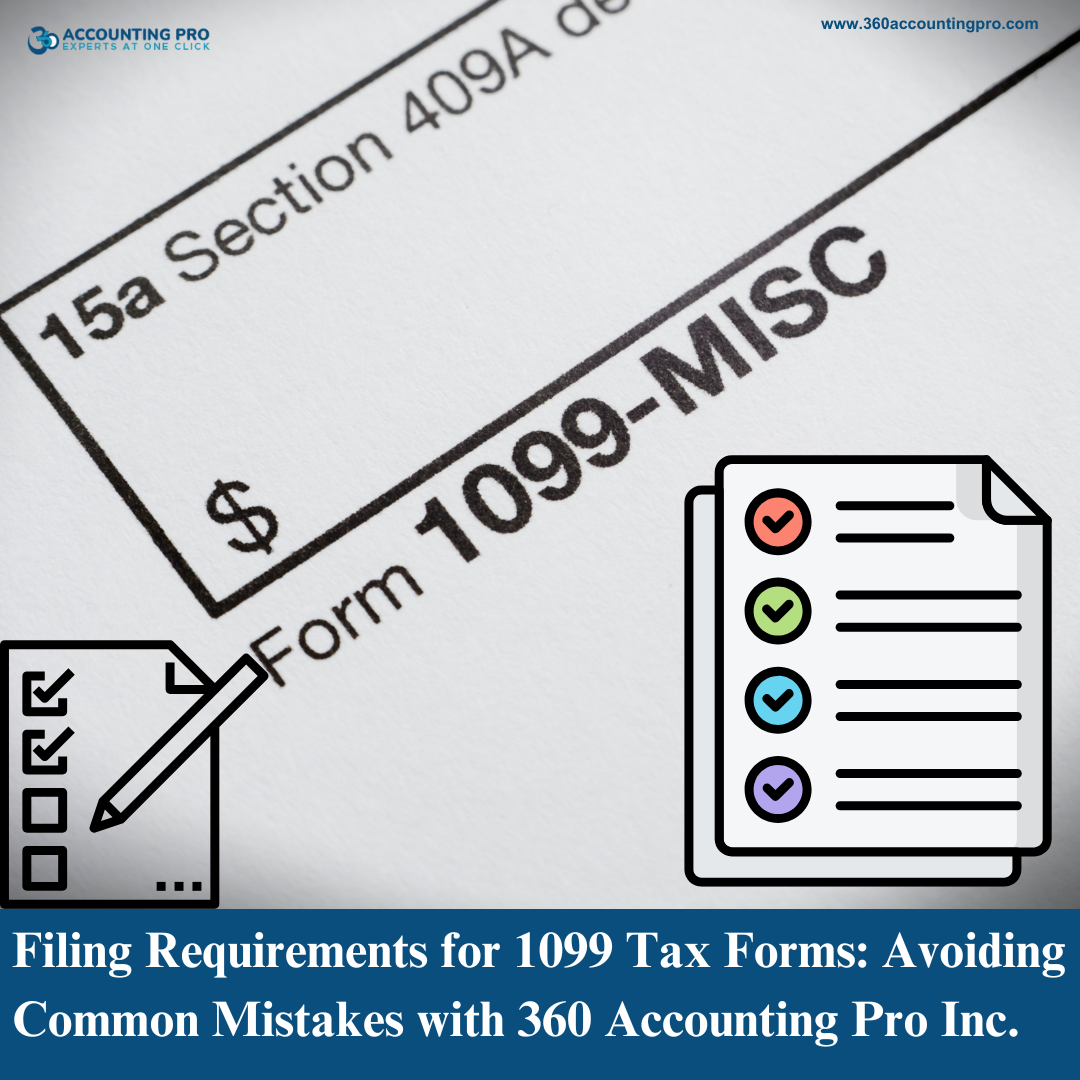



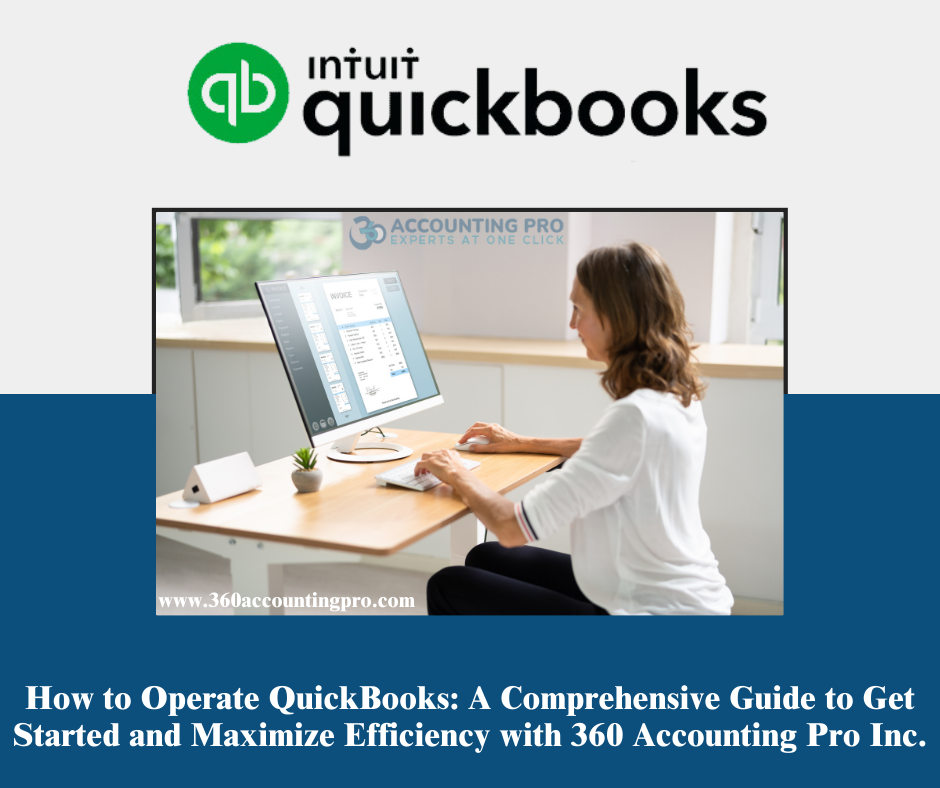

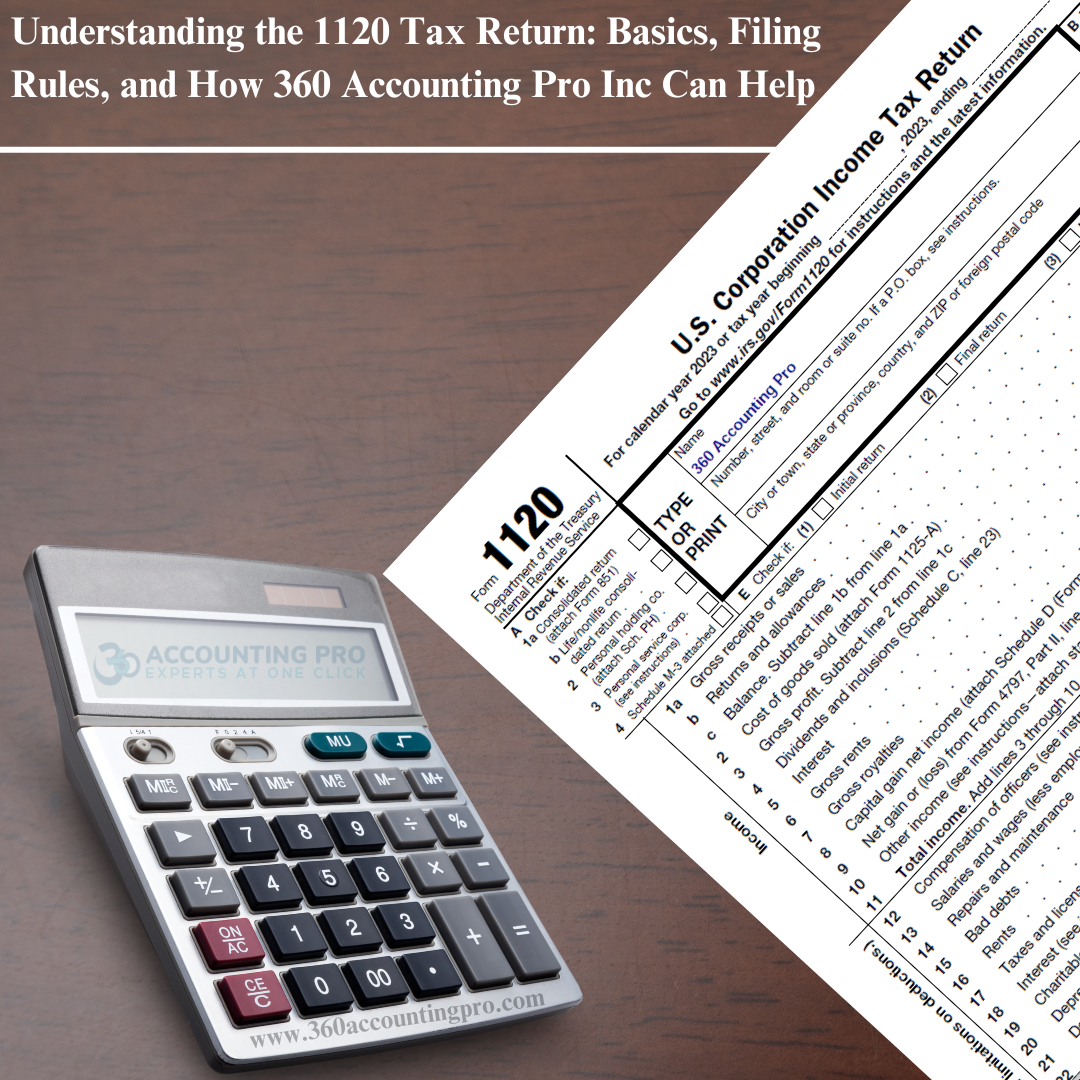
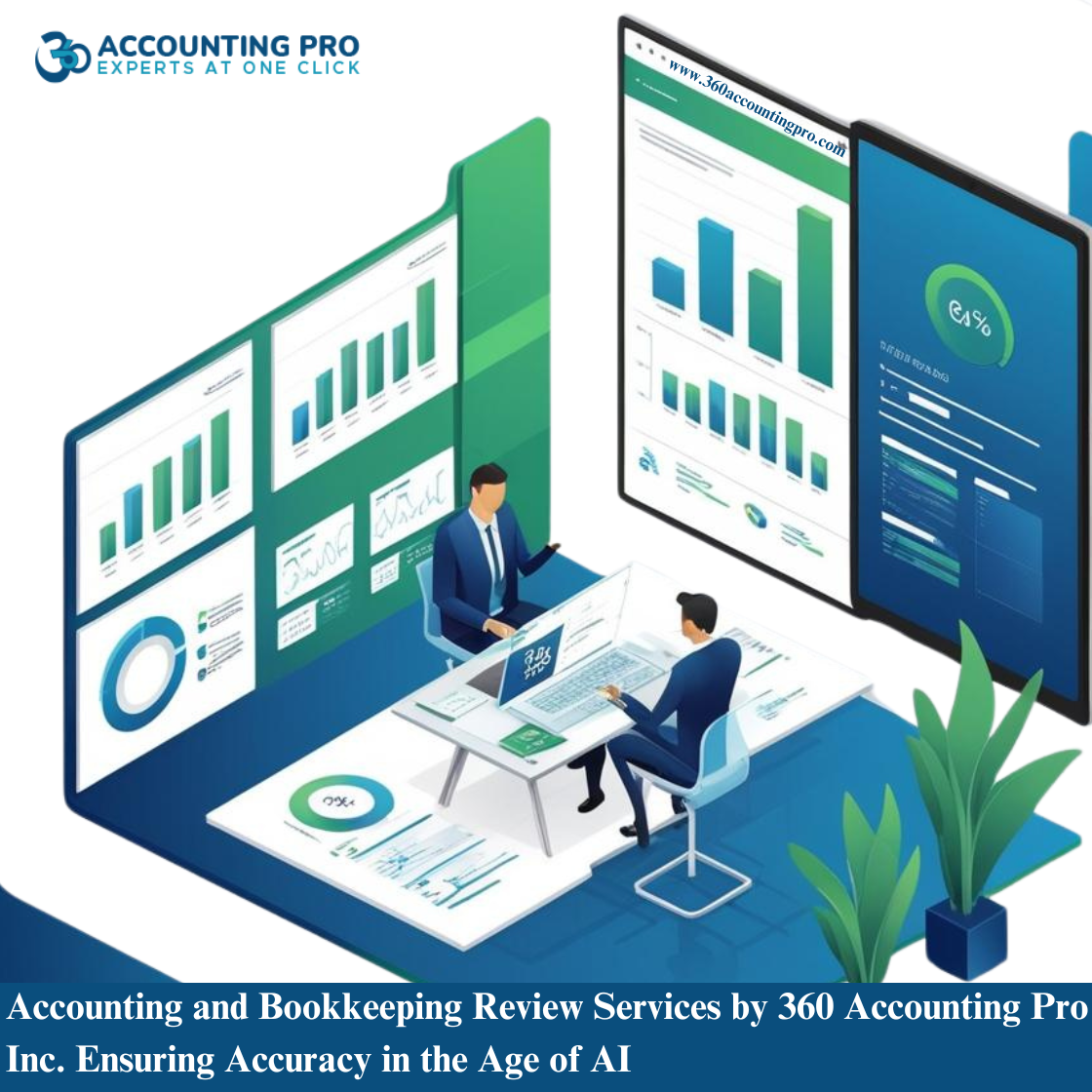
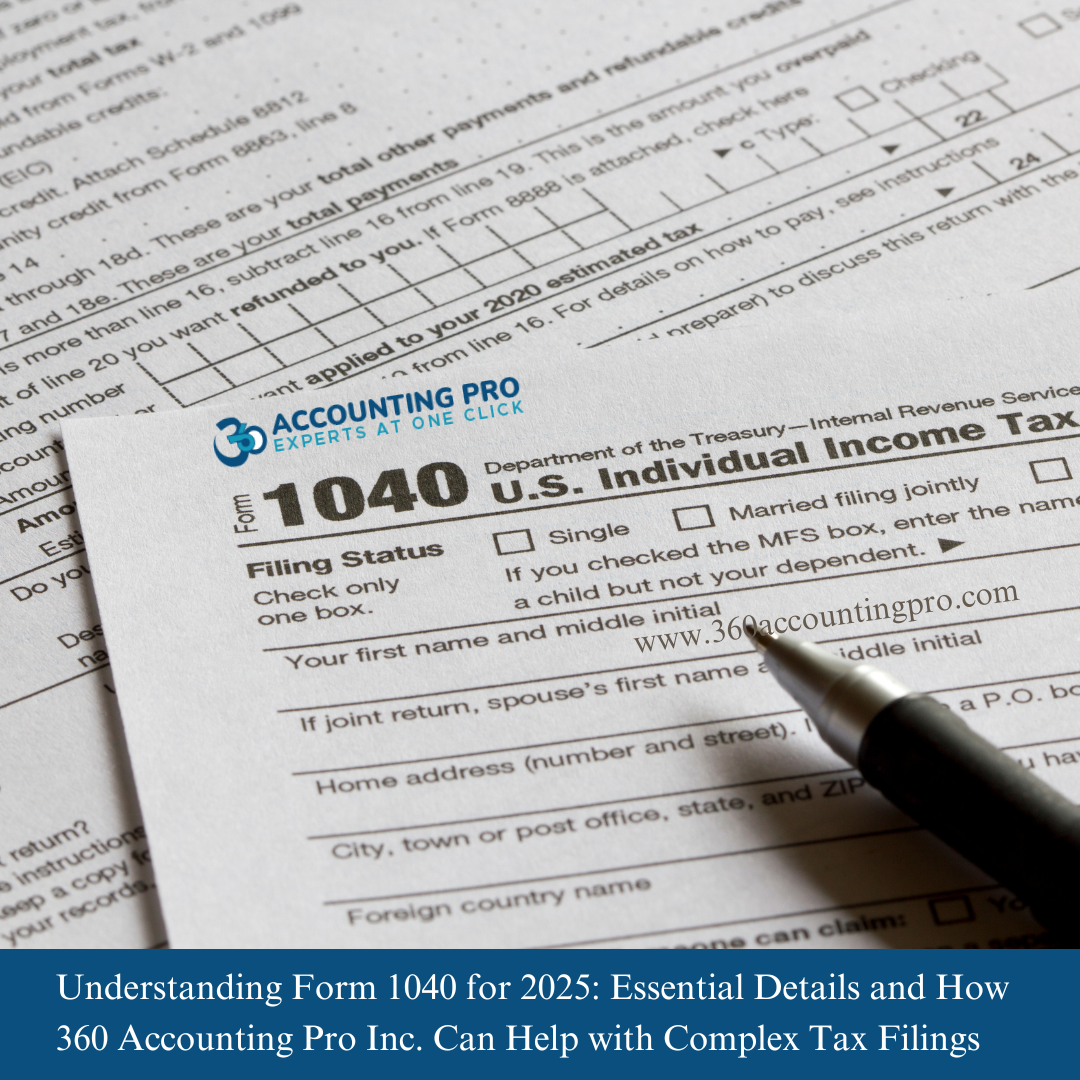




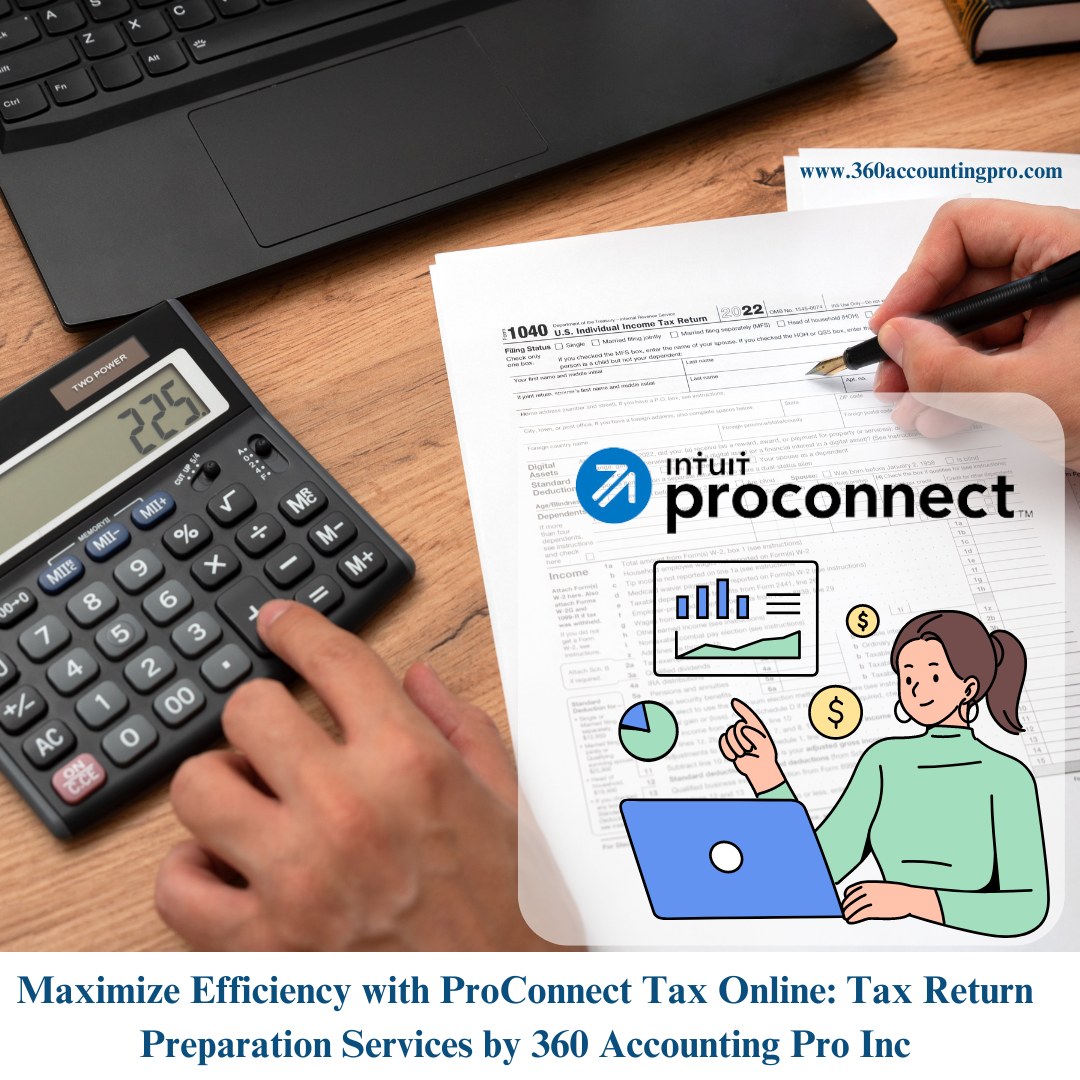





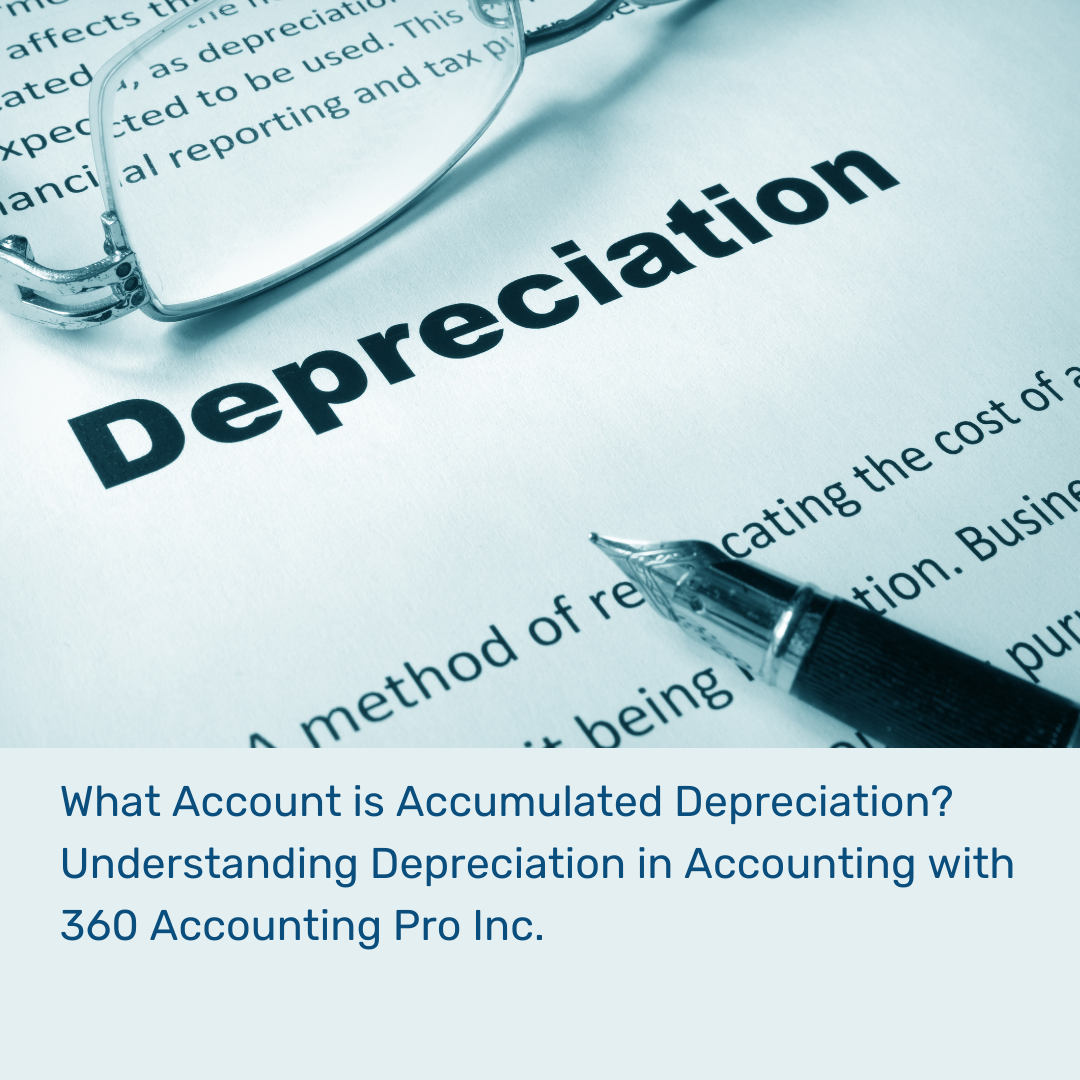




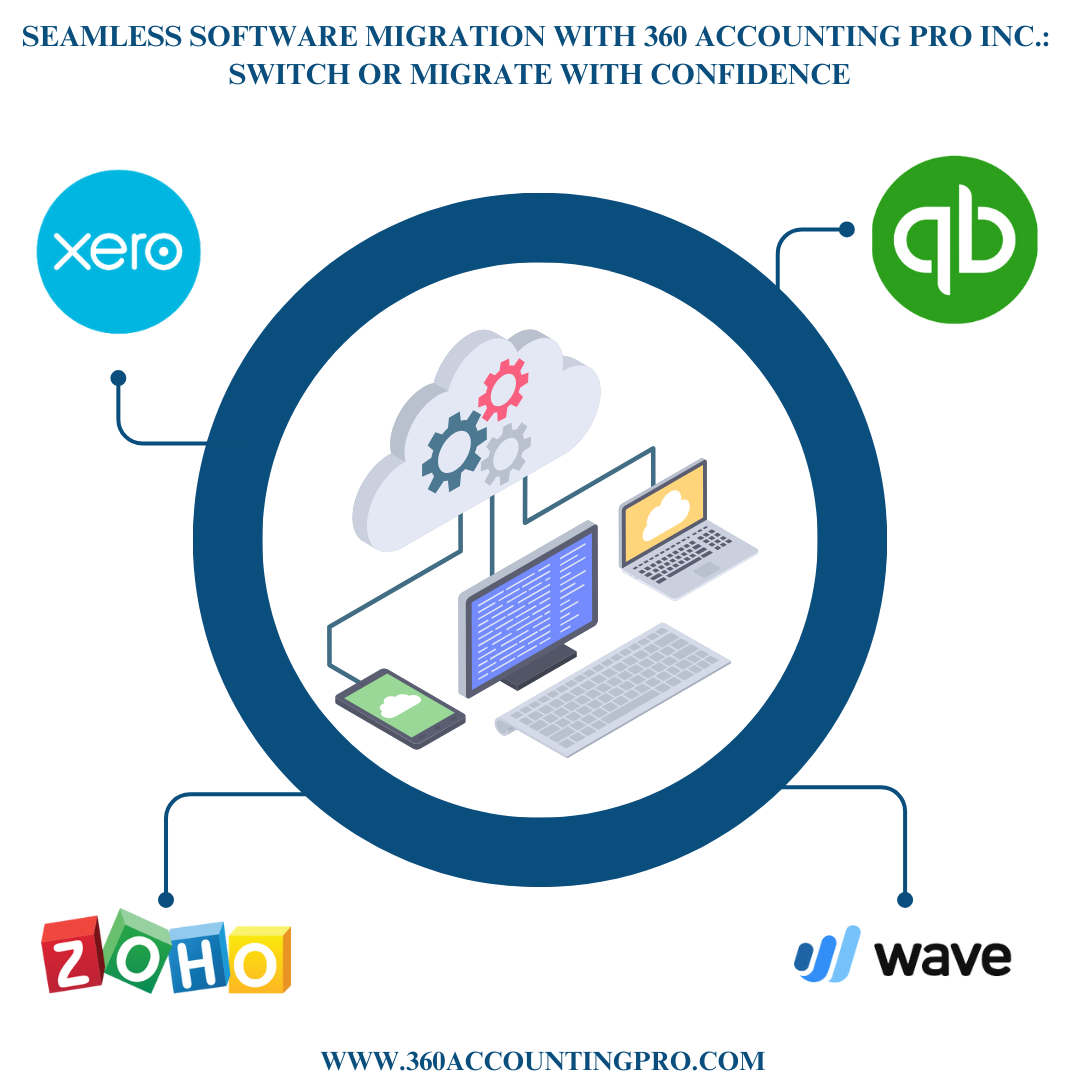
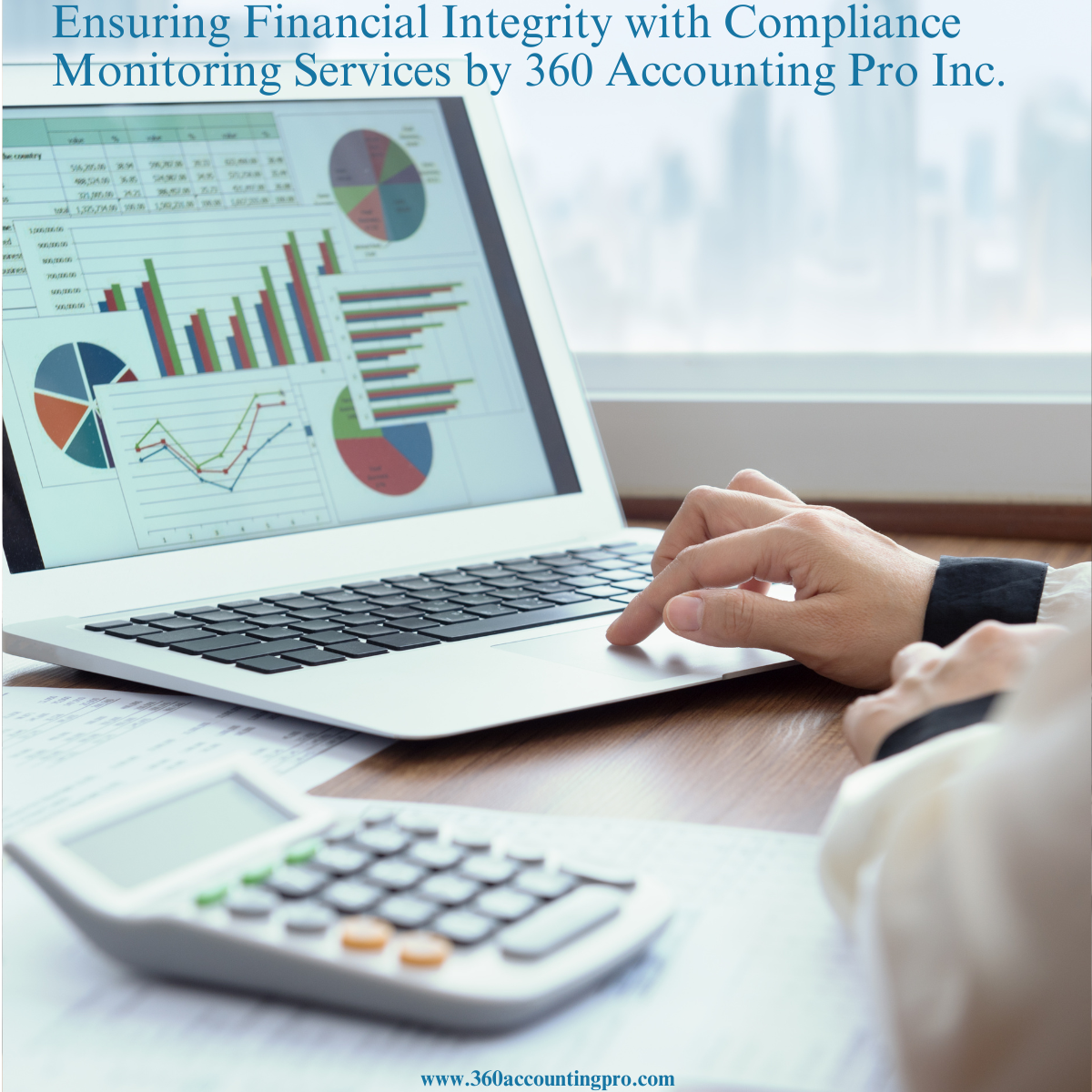






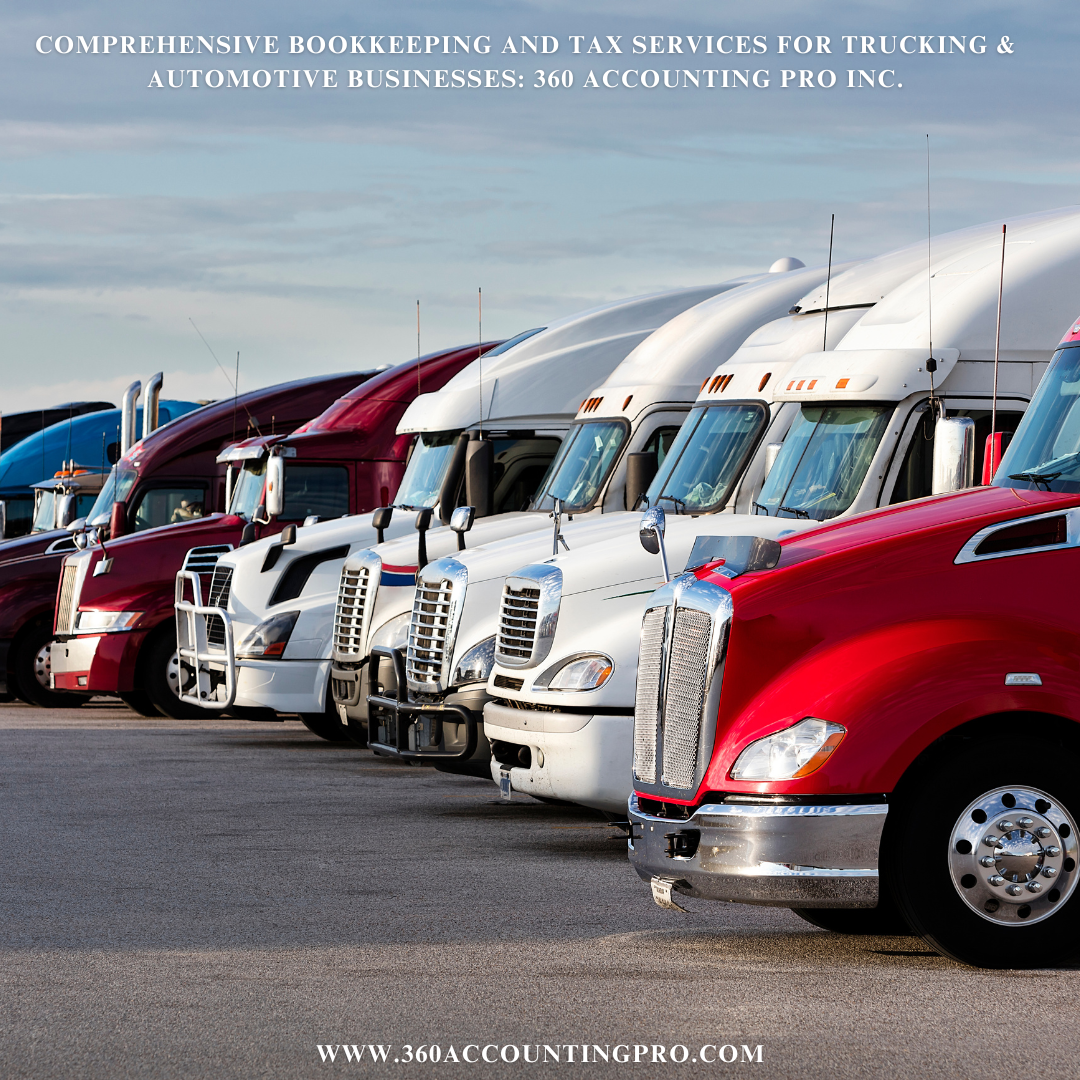




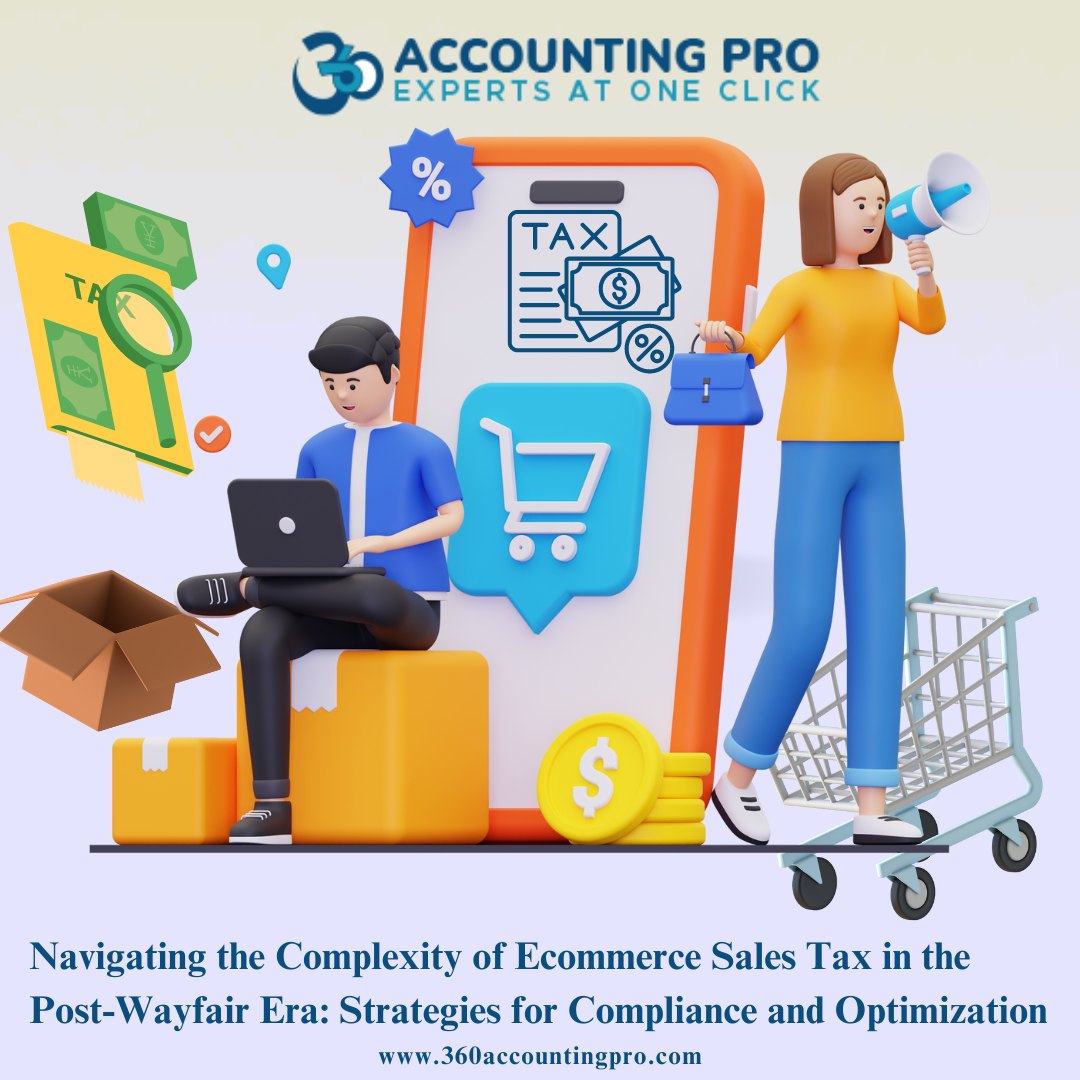





.jpg)
.jpg)
.jpg)
.jpg)


).jpg)




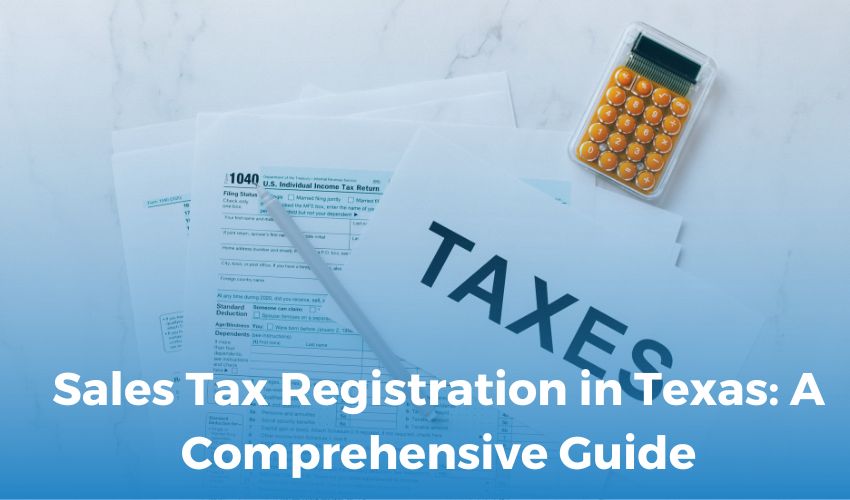
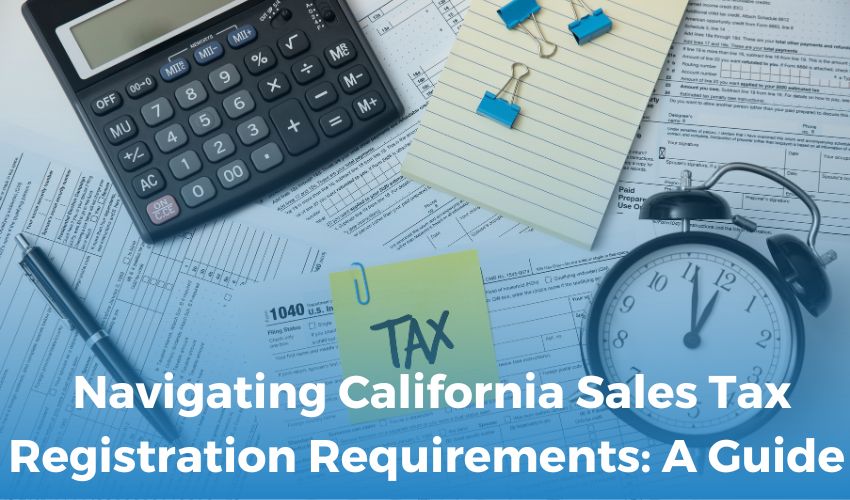





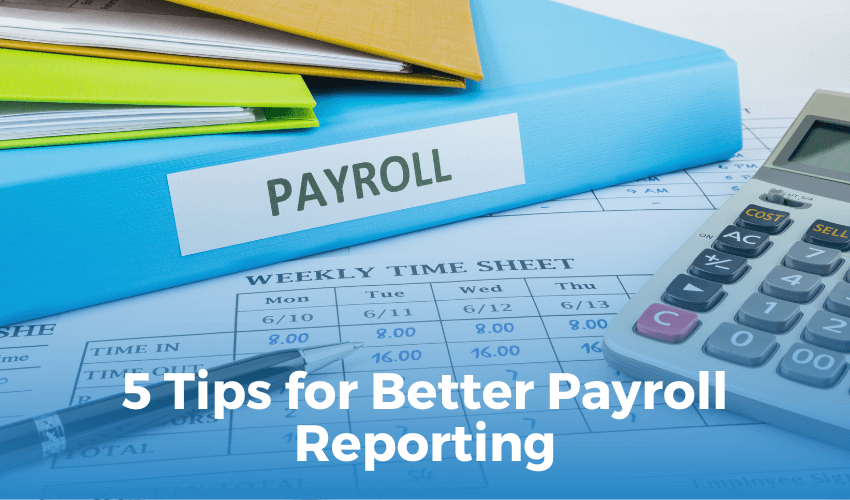
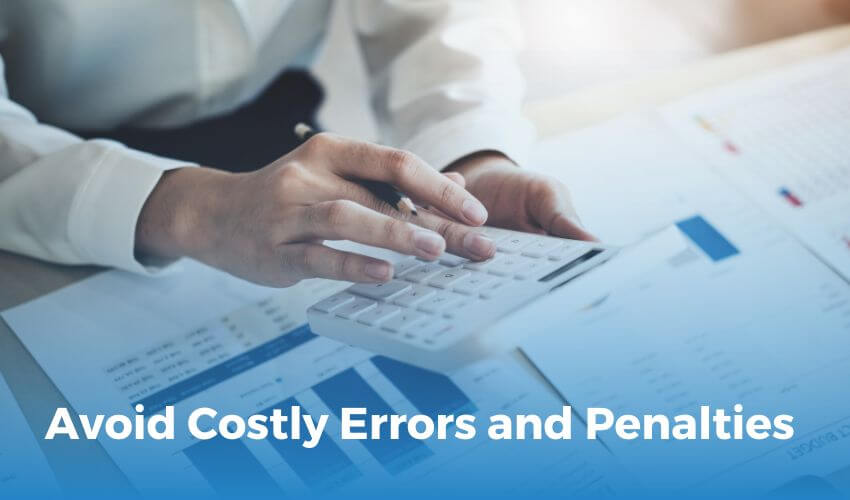

 Get A Quote
Get A Quote
Leave A Comment